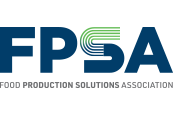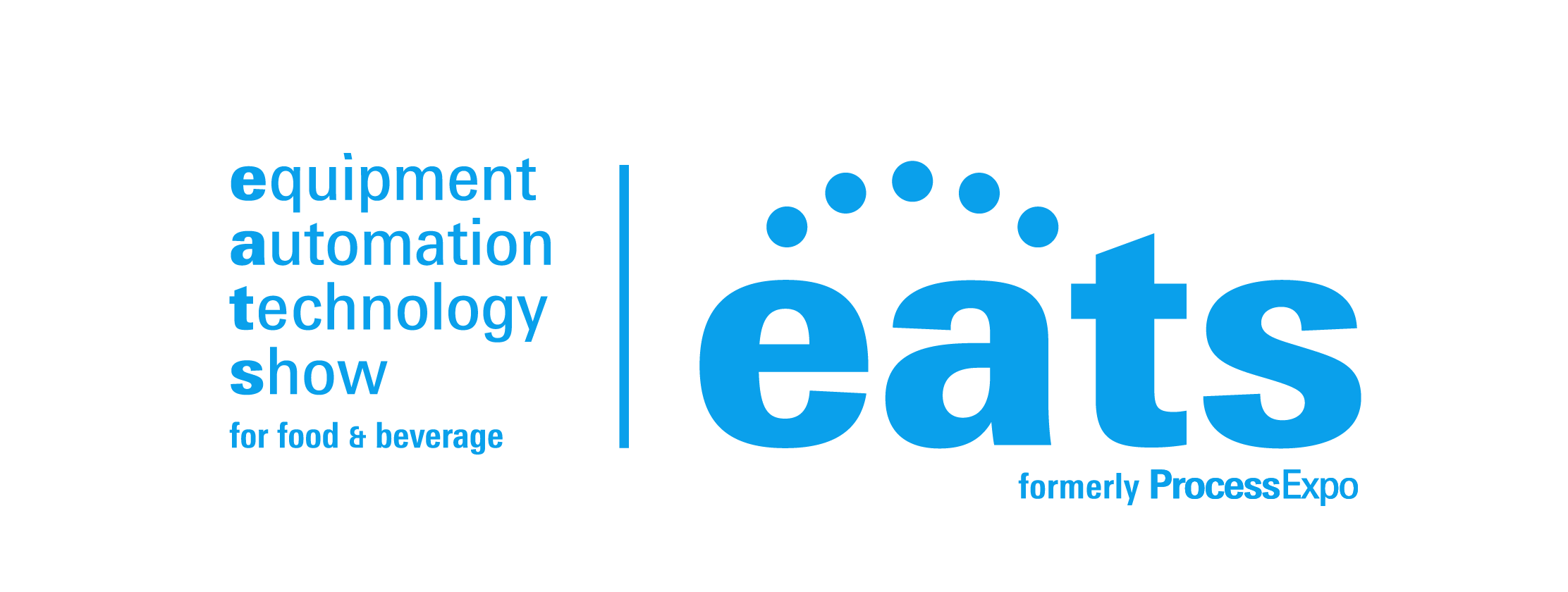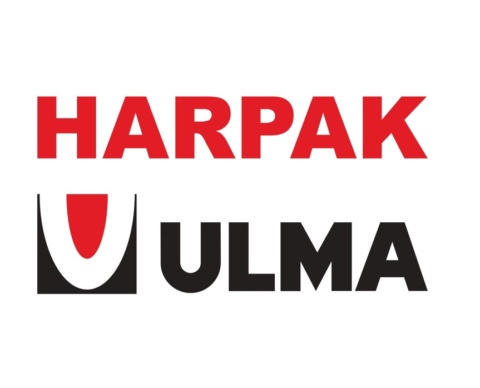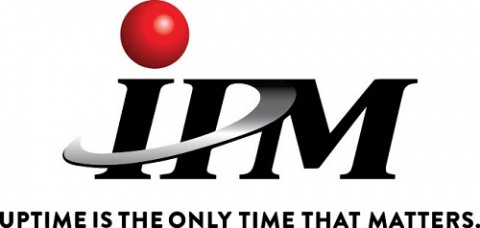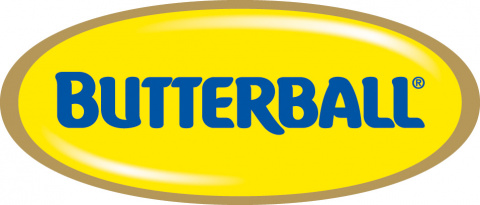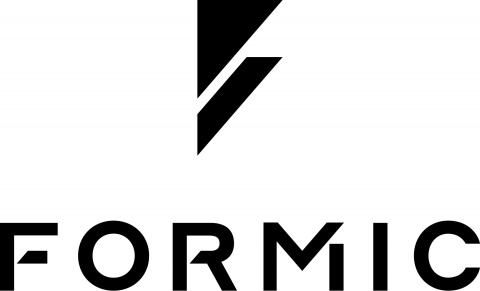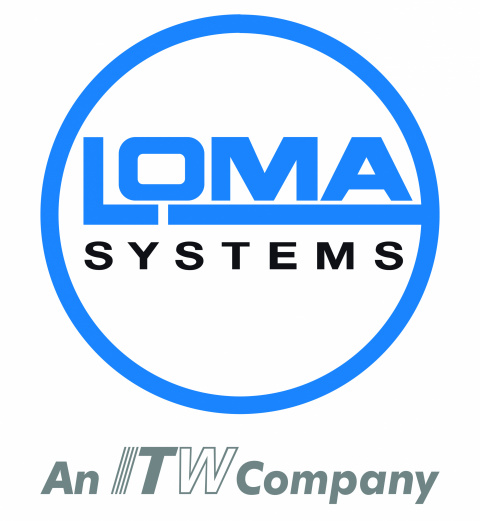
The number of food safety alerts exchanged between European member states went up in 2024.
The Alert and Cooperation Network (ACN) includes the Rapid Alert System for Food and Feed (RASFF) and the Administrative Assistance and Cooperation networks (AAC). According to the European Commission, notifications reached 9,460 in 2024, an 8 percent increase compared to 2023.
RASFF notifications rose by 12 percent to 5,250, but AAC alerts remained stable. Almost 550 notifications flagged suspected food fraud. As in previous years, around one-third of RASFF notices were border rejections, mainly pesticide residues in fruit and vegetables.
Sandra Gallina, director general for health and food safety (DG Sante), said: “2024 was a year that saw Europe face numerous challenges, yet make significant strides in food safety. This year’s report…reveals a rise in the number of notifications across networks, particularly in RASFF notifications. This increase demonstrates EU control authorities’ enduring vigilance and importance on food and feed safety issues.”
Produce, nut and meat alerts
Fruits and vegetables represent 16 percent of notifications in the ACN, making them the highest reported category. Hazards include pesticide residues, mycotoxins, pathogenic microorganisms, metals, environmental pollutants, and contaminants. Chlorpyrifos, acetamiprid, and dimethoate were the most prevalent residues.
Products from non-EU countries account for 84 percent of the notifications. As in past years, Turkey was the most frequently reported origin. Egypt is another common origin while India and China were also represented.
Around 7 percent of notifications were for nuts and nut products. Groundnuts are most frequently reported, largely due to contamination with aflatoxins. Pistachios followed closely, primarily linked to mycotoxins. Sesame seeds account for 20 percent of notifications, with issues related to pathogens such as Salmonella and the absence of health certificates. The countries of origin of these products are mainly non-EU nations like Turkey, Egypt, and the United States.
Meat and meat products including poultry account for 10 percent of all notifications. Microbiological hazards account for almost half of notifications, with Salmonella mainly in poultry, ground (minced) beef, pork sausages, and game meat, indicating hygiene issues during processing. Shiga toxin-producing E. coli (STEC) and Listeria monocytogenes are commonly reported in beef and pork products, while Campylobacter is mainly found in poultry. The top reported origins are Poland and Brazil because of Salmonella and hygiene issues.
Supplements, bakery and dairy data
7 percent of notices relate to dietetic foods, food supplements, and fortified foods. Microbial contamination cases mainly involve organisms such as Cronobacter sakazakii and Salmonella. Also, high mold counts detected in products like aloe juice and spirulina raise concerns about hygiene standards during manufacturing.
Products originate from a range of countries, with China being the most frequently implicated as a supplier of raw materials for food supplements, while the U.S. accounts for most manufactured products, often introducing new ingredients and formulations lacking authorization in the EU.
Cereals and bakery products represents around 6 percent of all notifications while herbs and spices made up 4 percent and fats and oils 3 percent.
Alerts involving milk and milk products were behind 3 percent of notifications. One example is Yersinia enterocolitica in raw milk goat’s cheese from France. The notification, submitted by the Netherlands, originally reported Yersinia contamination in cheeses on a U.S. cruise ship. Investigations revealed the product was distributed in 30 countries, with 181 people sick in France, Belgium, Norway, and Luxembourg.
Fish and fish products represent 4 percent of notifications. Key issues were microbial contaminants, followed by heavy metals such as mercury, arsenic, and cadmium. Temperature control issues frequently occur, with many frozen products undergoing poor cold chain management, which compromises product quality and increases the risk of microbiological contamination.
Tuna products are particularly affected by high histamine levels and temperature control issues, while salmon is associated mainly with Listeria. Ten cases involving unauthorized treatments or additives, such as carbon monoxide or ascorbic acid above EU limits, were reported for tuna.
(To sign up for a free subscription to Food Safety News, click here)
